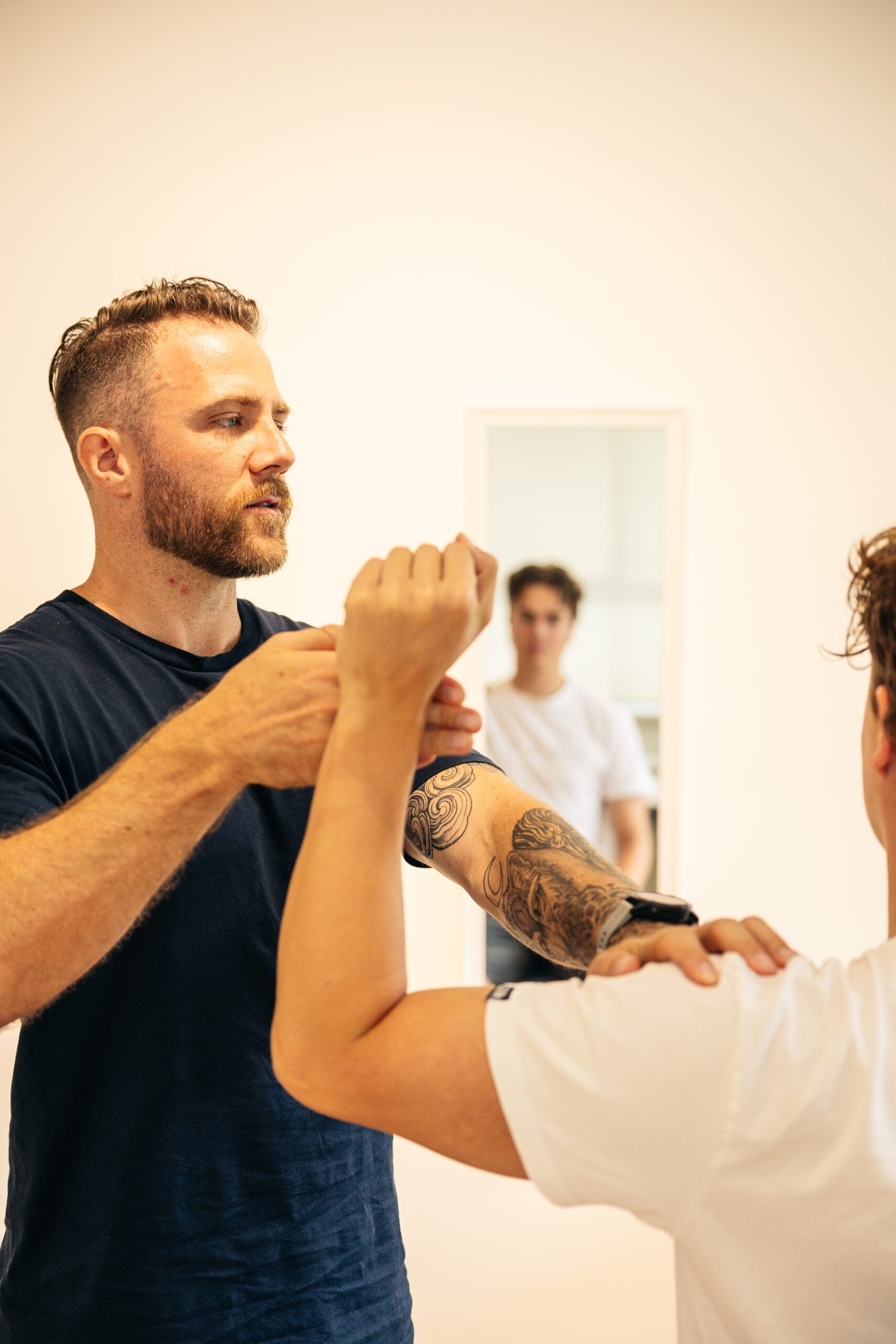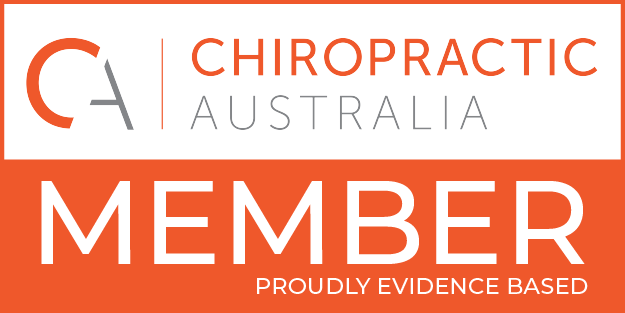Dr Jess Milsom
Pain is a complex and subjective experience that can greatly impact our daily lives. Whether the pain is acute or chronic, if we understand the mechanisms of pain, it helps us to effectively manage pain. One prominent theory is the Pain Gate Theory or Gate Control Theory of Pain. This theory proposes that pain perception is not solely determined by the intensity of a noxious stimulus (this is something that’s caused you pain, i.e., you’ve scraped your knee on a rock, or you’ve burnt your hand), but is changed by aspects of the nervous system which control the ‘gating’ of pain signals being sent to the spinal cord and up into the brain.
To understand the pain gate theory, let’s imagine a “gate” in the spinal cord that controls the transmission of pain signals to the brain. This gate may open or close and will determine if these pain signals can travel up to our brain to reach our conscious awareness.
Let’s look at the mechanisms:
Activation of nociceptors
When any type of tissue damage or injury occurs, nerve endings that are responsible for feeling pain are activated, these are called nociceptors. These nociceptors play an important role as they help us to reflexively remove ourselves from a dangerous situation that may cause us damage, for example, if you put your hand over a flame, you instinctively will pull it away.
Transmission of pain signals
The activated nociceptors send signals through nerve fibres to a section of the spinal cord, where they are transmitted to the brain for processing. This is a sort of filing system that allocates them to the ‘pain’ section of information to be sent up to the brain via the spinal cord.
The gate mechanism
Once these signals reach this section of the spinal cord, the gate mechanism has its moment. The gate consists of inhibitory and excitatory neurons which regulate the flow of pain signals, this means they can either inhibit (or dampen), the pain signals, or they can excite (or amplify), the pain signals. When the gate is closed, then the inhibitory signals dampen pain transmission and reduce our perception of pain. Conversely, when the gate is open, the excitatory signals can travel up to our brain through the gate and we are made much more aware of the intensity of the pain.
Influence of modulating factors
The opening or closing of the gate is influenced by various factors, including psychological, emotional, and cognitive factors. One easy example is the use of mechanoreceptors. These are also nerve endings, but they’re responsible for the perception of touch and pressure which isn’t painful. These fibres can travel to our spinal cord much quicker than our pain signals are and can compete to take the space which essentially closes the gate, dampening the pain. That’s why it normally feels better if we rub or put pressure on an area that we’ve just injured. Other techniques may be used to calm our conscious awareness of pain, these can include distraction techniques, relaxation exercises or positive emotions, all of which will help to close the gate. Conversely, stress, anxiety, or negative emotions can open the gate, increasing pain sensitivity.
How is this used in the clinic?
Many of the techniques used in our clinic stimulate the skin and activate non-painful sensory fibres, our mechanoreceptors. As mentioned above, stimulating these nerve fibres will help close the gate and reduce pain perception. Additionally, our practitioners take the time to listen to you and your pain story, creating a space where you can relax and reframe your perception of pain, to that which is less catastrophic, and more of an optimistic approach. We understand how debilitating pain can be when it interferes with your life and can reassure you that pain does not last forever.
The pain gate theory offers valuable insight into the complex nature of pain perception. When we understand how the gate mechanism operates and the factors that influence it, we can develop comprehensive pain management strategies.







